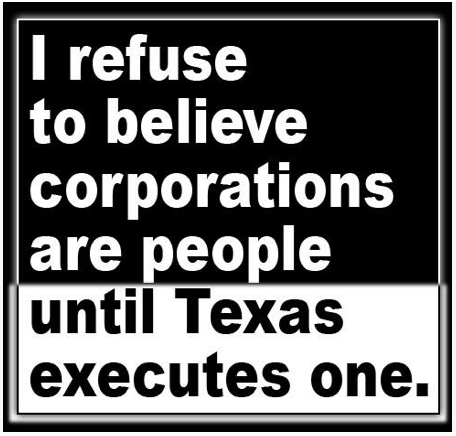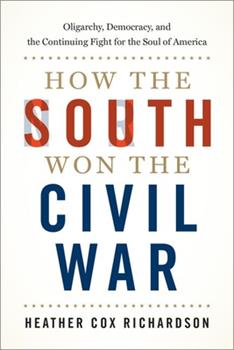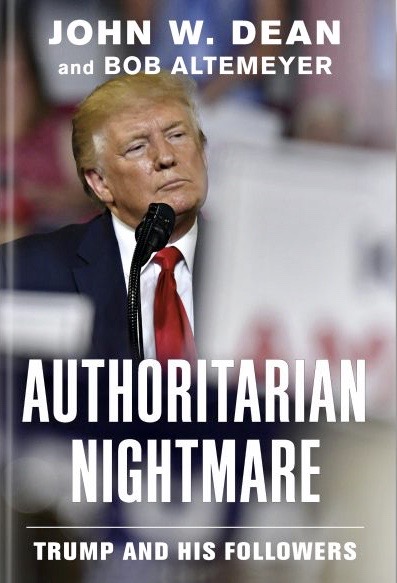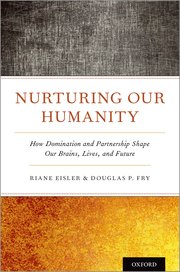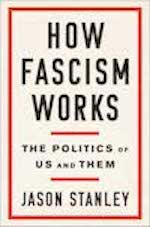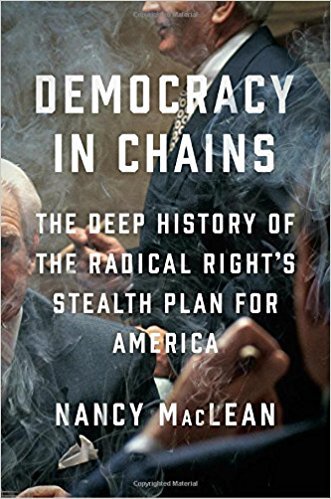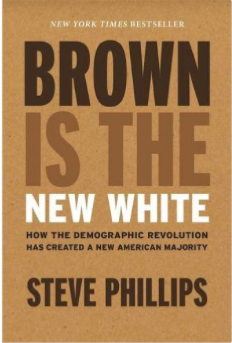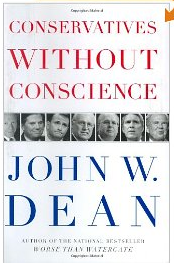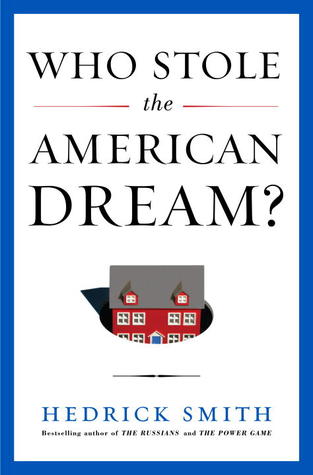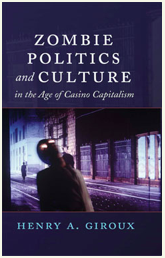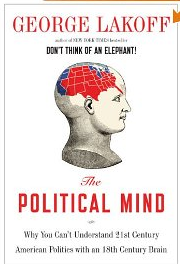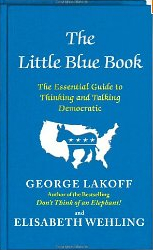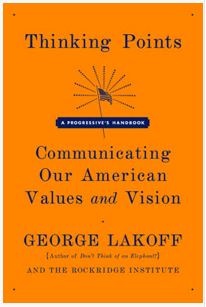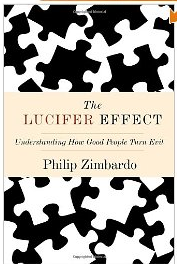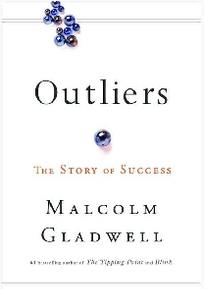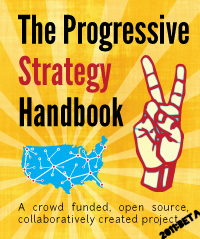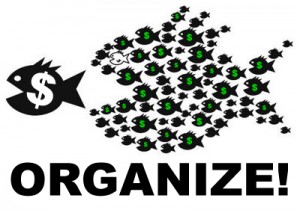(This blog posting comes from portions of Who Stole the American Dream by Hedrick Smith.)
The history of the transition from company funded pensions to employee self-directed 401Ks and the limited success of 401Ks shows vividly that the destruction of Social Security through privatization will only benefit corporations.
In a subsection of chapter 5, The Pivotal Congress – Jimmy Carter and 1977-78 Democrats, Mr. Smith describes how the 401K was “tucked into the omnibus tax bill [as] a small-print provision.” New York representative, Barber Conable, the ranking Republican leader of the House Ways and Means committee, introduced the change. This provision allowed the corporate executives of Kodak and Xerox to hide their profit-sharing bonuses in a tax deferred account. Later in 1981, the Reagan Treasury Department, after “some ingenious prodding from corporate tax consultants,” extended 401K accounts to all workers. This extension, plus changes to the corporate bankruptcy laws that put corporations in charge of their bankruptcies, was the beginning of the end of company funded pensions. (This was also the beginning of the shift away from representative governance to corporate governance as laid out in The Powell Memo.)
In a subsection of chapter 7, The Great Burden Shift – Funding Your Own Safety Net: Crippled by Debt, Mr. Smith adds details concerning the shift from corporate funded pensions to employee funded 401Ks. In 1980, before the extension of 401Ks to all workers by Reagan’s Treasury Dept., corporate pension plans covered 84 percent of employees who would receive retirement benefits for life. By 2006, only 33 percent of employees had a company pension plan. In 2012, that is down to nine percent. Put another way, employees were paying about “11 percent of their retirement costs” in 1950. “By the mid-2000s, they were paying 51 percent.”
Corporations have gained from this transition while employee retirement has dwindled from a near certainty to a small possibility. For those companies that dropped their pension plan totally, they added 6 to 7 percent to their profits. For those who replaced pensions with 401Ks, their profits went up about 4 percent if they matched employee contributions.
Since we have been living with this pro-corporate transition since 1981, what else can we learn about how average workers have suffered and what does this tell us about the losses we should expect from the privatization of Social Security?
To start, 401K participants and assets have mushroomed from 7 million and $92 billion in 1984 to 44 million and $2.2 trillion in 2004. Now there are over 65 million citizens participating with over three trillion dollars in assets, However, this averages out to about $50,000 per participant.
For some understanding of what’s been happening with all the 401K self-directed retirement plans, Hedrick Smith interviewed Brooks Hamilton, a Dallas pension consultant. Mr. Hamilton had reviewed the 401K plans for 15 corporations and their thousands of participating employees. What he found was a part of the growing wealth gap between the really wealthy and everyone else – “a systemic flaw.” Mr. Smith summarized what he learned this way:
The best educated, best paid employees and executives were getting investment returns that were six or seven times greater than the returns of average workers. The gap was compounded year after year. The top brackets were not only able to put away much more money each year, but they got far better returns than rank and file workers …. They didn’t borrow from their 401(k)’s or make [the] mistake of pulling out their retirement fund in one lump sum, triggering a tax penalty. They left the money in and let it grow. They knew how to get the best results and how to avoid costly mistakes.”
Here is a portion of Mr. Smith’s interview with Mr. Hamilton:
HAMILTON: I label this [the] yield disparity. I thought, “We have a yield disparity that is a financial cancer in this, in our great beautiful 401(k) movement.” And I had never seen it before, but it was every where I looked.
SMITH: What do you mean a financial cancer?
HAMILTON: It would destroy the opportunity for ordinary workers to retire in dignity. They can’t get there from here.
Mr. Smith continues, “The 401(k) track record is not good.” As of January 1, 2011, after the Great Recession, “the typical account balance is just $17,686.” For those workers in their sixties, the typical account is worth $84,469. This is just not enough for retirement.
If your annual living expenses were $50,000 and you did not have any Social Security income, then you would need a retirement fund worth $1,250,000 to pay these annual expenses during retirement. That’s almost fifteen times higher than the typical account for someone in their sixties. With Social Security income, the retirement fund could be cut in half. The $84,469 mentioned by Smith would only be enough to cover $3,380, or about seven percent, of those annual expenses in retirement. (This is all based on being able to withdraw only 4 percent of your 401K fund for expenses during each year of retirement.)
Mr. Smith also talked to Jack VanDerhei of the Employee Benefits Research Institute and quoted him as saying, “I would say unless you’re fortunate to be in the upper-income quartiles that you’re probably going to be in for a very rough ride.”
In another interview on the health of the 401Ks Mr. Smith talked with Alicia Munnell of the Center for Retirement Research at Boston College. Ms. Munnell told him:
They [retirees] are not going to be penniless because they have Social Security [for now]. But it’s a very serious situation. Middle-class people are going to be very hard-pressed. People will feel destitute, absolutely forced to cut expenditures, maybe forced to sell their homes, forced to dramatically change their lifestyle. Making ends meet is going to be a consuming task. It will be the focus of their lives. And that is not what it [retirement] was supposed to be. After a lifetime of work, that is a terrible state for older Americans to end up in.
Mr Smith goes on to write:
The hard truth, according to several experts, is that building the nest egg you need takes much more ambitious savings than virtually any 401(k) plan envisions for employees below executive level. …
So, here we are. Company paid pension plans, which were managed by professional investors, are basically gone for almost all average workers. For those with 401Ks, only the wealthier are getting good returns. The rest are either left with too little in their 401Ks to cover retirement expenses even with Social Security, don’t even have access to a 401K, or can’t afford to contribute to one. Retirement is no longer realistic for more and more Americans as corporate governance negatively affects our future.
The only reliable constant now left for retirement is Social Security (SS). But there are the right-wing, self-disciplined, rugged-individualist, authoritarians who want to change that. They believe, even though they have ruined our public education system, that everyone is smart enough to manage their retirement and that privatization of SS is a good idea.
However, as shown above only corporations and the wealthy will gain. Everyone else will lose, again, with the privatization of SS – more trickle-up economics and corporate servitude.




